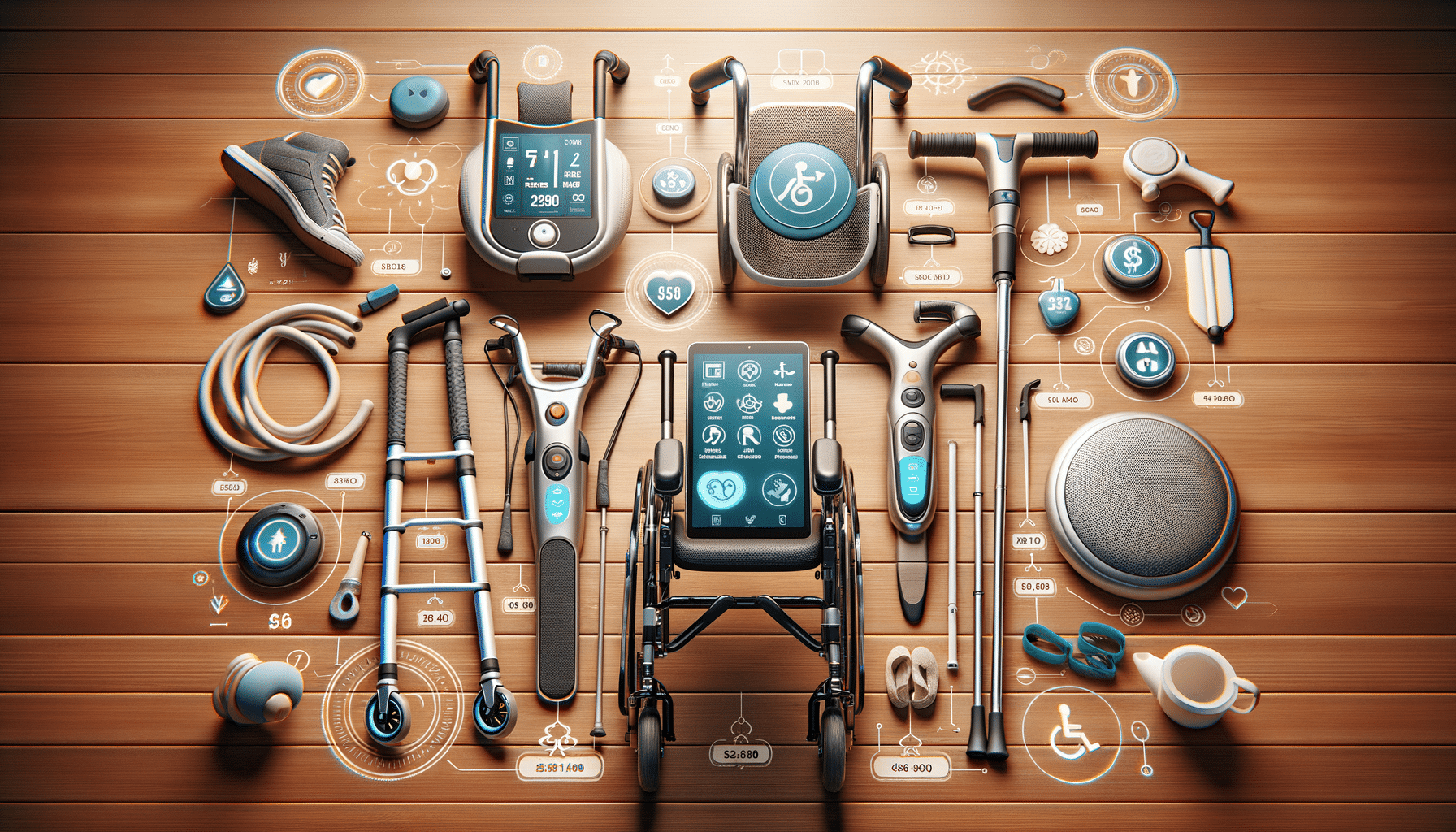Navigating Mobility Tools for the Elderly: An Insight into Features and Pricing
Mobility aids can be game-changers for seniors, making daily tasks more manageable and secure.

Introduction to Mobility Solutions for the Elderly
As the population ages, the demand for mobility solutions tailored to the needs of the elderly is growing. These solutions are not just about convenience; they are essential for maintaining independence, safety, and quality of life. From walkers to motorized scooters, the range of options available today is vast, each designed to address specific mobility challenges. Understanding these tools and their cost implications is crucial for making informed decisions that can significantly enhance the daily lives of seniors.
Key Features of Mobility Aids
Mobility aids come in various forms, each with unique features that cater to different needs. Some of the most common types include:
- Walkers and Rollators: These are ideal for those who need support while walking. Rollators, equipped with wheels, offer more flexibility and often come with a seat for resting.
- Canes: Simple yet effective, canes provide balance and support for those with minor mobility issues.
- Wheelchairs: Available in manual and electric versions, wheelchairs are suitable for individuals who cannot walk or have severe mobility limitations.
- Mobility Scooters: These motorized vehicles are perfect for outdoor use, providing independence for longer distances.
Each of these aids has features tailored to specific needs, such as adjustable heights, foldability for easy transport, and ergonomic designs for comfort. The choice of a mobility aid should be based on the user’s specific requirements, ensuring both safety and ease of use.
Cost Considerations and Financial Planning
The cost of mobility solutions can vary significantly based on the type and features of the aid. Basic canes and walkers are generally affordable, while motorized scooters and high-end wheelchairs can be quite expensive. It’s essential to consider the long-term benefits and potential savings from reduced healthcare costs when investing in a quality mobility aid.
Financial planning is crucial. Here are some considerations:
- Insurance Coverage: Check if your insurance plan covers mobility aids, as this can significantly reduce out-of-pocket expenses.
- Government Assistance: Some government programs offer financial aid or tax deductions for purchasing mobility equipment.
- Second-hand Options: Consider purchasing used equipment, which can be more affordable while still providing the necessary support.
Being informed about the financial aspects can help in making a cost-effective decision that does not compromise on quality or safety.
Choosing the Right Mobility Aid
Selecting the right mobility aid involves assessing the individual’s physical condition, lifestyle, and personal preferences. A thorough evaluation by a healthcare professional can provide valuable insights into the most suitable options.
Considerations include:
- Mobility Level: Determine the level of assistance required—whether it’s for balance, full support, or motorized movement.
- Environment: Consider where the aid will be used most—indoors, outdoors, or both—and choose accordingly.
- Portability: If travel is frequent, opt for aids that are easy to fold and transport.
Involving the user in the decision-making process ensures that the chosen aid aligns with their comfort and usability preferences, enhancing their overall satisfaction and quality of life.
Conclusion: Empowering Independence with Mobility Solutions
Mobility solutions for the elderly are more than just tools; they are gateways to independence and improved quality of life. By understanding the features and costs associated with these aids, caregivers and seniors can make informed decisions that promote safety, comfort, and freedom. As technology advances, the options continue to expand, offering innovative solutions that cater to the diverse needs of the elderly population. Embracing these tools can transform daily living, providing the support necessary to navigate life’s challenges with confidence and dignity.